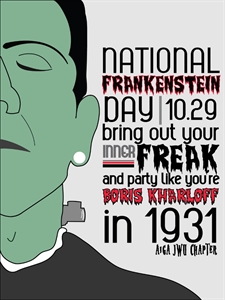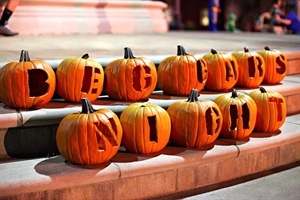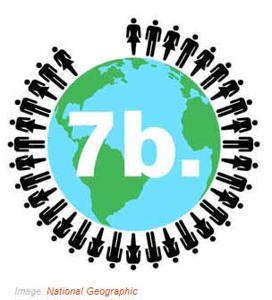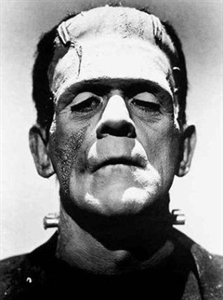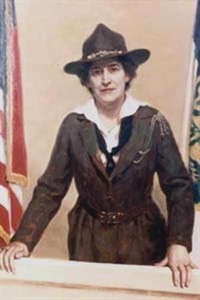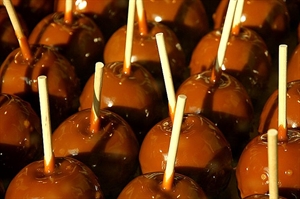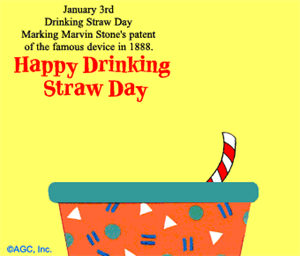Halloween or All Hallows Eve 2024 is on Thursday, October 31, 2024: Halloween
Thursday, October 31, 2024 is Halloween or All Hallows Eve 2024. All Hallows Eve Halloween - T All Hallows Eve Halloween
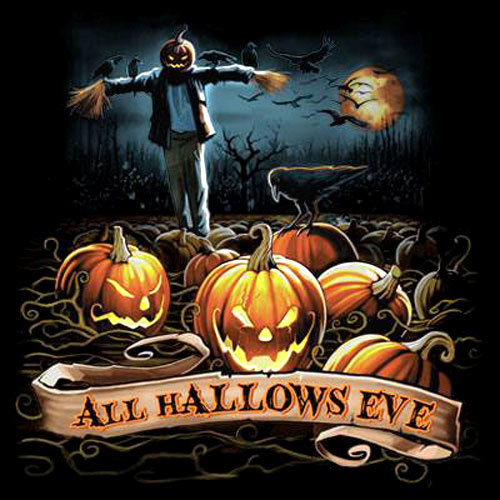
Halloween, or Hallowe'en, is a holiday celebrated on the night of October 31. Traditional activities include trick-or-treating, bonfires, costume parties, visiting "haunted houses" and carving jack-o-lanterns. The term Halloween (and its alternative rendering Hallowe'en) is shortened from All-hallow-even, as it is the eve of "All Hallows' Day", which is now also known as All Saints' Day. Some modern Halloween traditions developed out of older pagan traditions, especially surrounding the Irish holiday Samhain, a day associated both with the harvest and otherworldly spirits. Irish and Scottish immigrants carried versions of the tradition to North America in the nineteenth century. Other western countries embraced the holiday in the late twentieth century. Halloween is now celebrated in several parts of the Western world, most commonly in Ireland, the United States, Canada, Puerto Rico, and the United Kingdom and occasionally in parts of Australia and New Zealand.
Many European cultural traditions, in particular Celtic cultures, hold that Halloween is one of the liminal times of the year when spirits can make contact with the physical world, and when magic is most potent (according to, for example, Catalan mythology about witches and Scottish and Irish tales of the Sídhe).
The modern holiday of Halloween has its origins in the ancient Gaelic festival known as Samhain (pronounced /ˈsˠaunʲ/ from the Old Irish samain). The festival of Samhain is a celebration of the end of the harvest season in Gaelic culture, and is sometimes erroneously regarded as the "Celtic New Year". Traditionally, the festival was a time used by the ancient pagans to take stock of supplies and slaughter livestock for winter stores. The ancient Gaels believed that on October 31, the boundaries between the worlds of the living and the dead overlapped and the deceased would come back to life and cause havoc such as sickness or damaged crops. The festivals would frequently involve bonfires, where the bones of slaughtered livestock were thrown. Costumes and masks were also worn at the festivals in an attempt to mimic the evil spirits or placate them. When the Romans occupied Celtic territory, several Roman traditions were also incorporated into the festivals. Feralia, a day celebrated in late October by the Romans for the passing of the dead as well as a festival which celebrated the Roman Goddess Pomona, the goddess of fruit were incorporated into the celebrations. The symbol of Pomona was an apple, which is a proposed origin for the tradition of bobbing for apples on Halloween.
The term Halloween (and its alternative rendering Hallowe'en) is shortened from All-hallow-even, as it is the eve of "All Hallows' Day", which is now known as All Saints' Day. It was a day of religious festivities in various northern European Pagan traditions, until Popes Gregory III and Gregory IV moved the old Christian feast of All Saints' Day from May 13 (which had itself been the date of a pagan holiday, the Feast of the Lemures) to November 1. In the ninth century, the Church measured the day as starting at sunset, in accordance with the Florentine calendar. Although All Saints' Day is now considered to occur one day after Halloween, the two holidays were, at that time, celebrated on the same day. Liturgically, the Church traditionally celebrated that day as the Vigil of All Saints, and, until 1970, a day of fasting as well. Like other vigils, it was celebrated on the previous day if it fell on a Sunday, although secular celebrations of the holiday remained on the 31st. The Vigil was suppressed in 1955, but was later restored in the post-Vatican II calendar.
I hope you get the best answer for your question. Happy Halloween's Day too...

is all hallows eve the night before halloween or halloween night?
Halloween night/Halloween.
November 1 is All Saints' Day in the traditional Catholic calendar, celebrating all saints known and unknown. Hallow is a (mostly) obsolete word for sanctify, so November 1st is sometimes also called All Hallows. "Halloween" is a corruption of "(All) Hallows Eve."
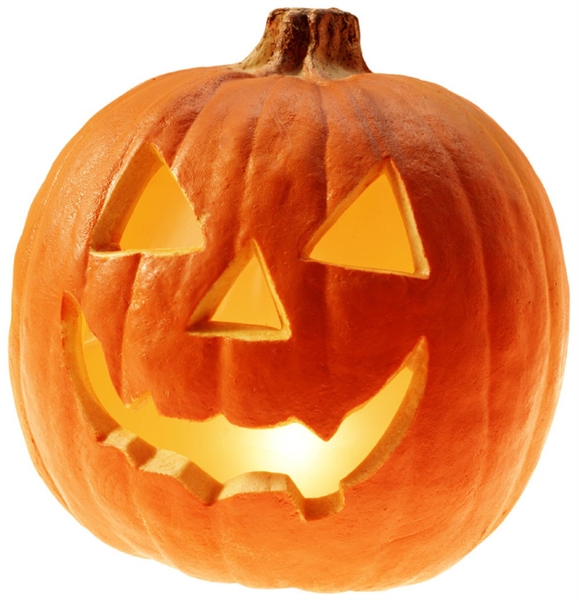
Halloween????????
Halloween is an annual celebration in the USA and the UK, but just what is it actually a celebration of? And how did this peculiar custom originate? Is it, as some claim, a kind of demon worship? Or is it just a harmless vestige of some ancient pagan ritual? The word itself, "Halloween," actually has its origins in the Catholic Church. It comes from a contracted corruption of All Hallows Eve. November 1, "All Hollows Day" (or "All Saints Day"), is a Catholic day of observance in honor of saints. But, in the 5th century BC, in Celtic Ireland, summer officially ended on October 31. The holiday was called Samhain (sow-en), the Celtic New year. One story says that, on that day, the disembodied spirits of all those who had died throughout the preceding year would come back in search of living bodies to possess for the next year. It was believed to be their only hope for the afterlife. The Celts believed all laws of space and time were suspended during this time, allowing the spirit world to intermingle with the living. Naturally, the still-living did not want to be possessed. So on the night of October 31, villagers would extinguish the fires in their homes, to make them cold and undesirable. They would then dress up in all manner of ghoulish costumes and noisily paraded around the neighborhood, being as destructive as possible in order to frighten away spirits looking for bodies to possess. Probably a better explanation of why the Celts extinguished their fires was not to discourage spirit possession, but so that all the Celtic tribes could relight their fires from a common source, the Druidic fire that was kept burning in the Middle of Ireland, at Usinach. Some accounts tell of how the Celts would burn someone at the stake who was thought to have already been possessed, as sort of a lesson to the spirits. Other accounts of Celtic history debunk these stories as myth. The Romans adopted the Celtic practices as their own. But in the first century AD, Samhain was assimilated into celebrations of some of the other Roman traditions that took place in October, such as their day to honor Pomona, the Roman goddess of fruit and trees. The symbol of Pomona is the apple, which might explain the origin of our modern tradition of bobbing for apples on Halloween. The thrust of the practices also changed over time to become more ritualized. As belief in spirit possession waned, the practice of dressing up like hobgoblins, ghosts, and witches took on a more ceremonial role.
The custom of Halloween was brought to America in the 1840's by Irish immigrants fleeing their country's potato famine. At that time, the favorite pranks in New England included tipping over outhouses and unhinging fence gates. The custom of trick-or-treating is thought to have originated not with the Irish Celts, but with a ninth-century European custom called souling. On November 2, All Souls Day, early Christians would walk from village to village begging for "soul cakes," made out of square pieces of bread with currants. The more soul cakes the beggars would receive, the more prayers they would promise to say on behalf of the dead relatives of the donors. At the time, it was believed that the dead remained in limbo for a time after death, and that prayer, even by strangers, could expedite a soul's passage to heaven. The Jack-o-lantern custom probably comes from Irish folklore. As the tale is told, a man named Jack, who was notorious as a drunkard and trickster, tricked Satan into climbing a tree. Jack then carved an image of a cross in the tree's trunk, trapping the devil up the tree. Jack made a deal with the devil that, if he would never tempt him again, he would promise to let him down the tree. According to the folk tale, after Jack died, he was denied entrance to Heaven because of his evil ways, but he was also denied access to Hell because he had tricked the devil. Instead, the devil gave him a single ember to light his way through the frigid darkness. The ember was placed inside a hollowed-out turnip to keep it glowing longer. The Irish used turnips as their "Jack's lanterns" originally. But when the immigrants came to America, they found that pumpkins were far more plentiful than turnips. So the Jack-O-Lantern in America was a hollowed-out pumpkin, lit with an ember. So, although some cults may have adopted Halloween as their favorite "holiday," the day itself did not grow out of evil practices. It grew out of the rituals of Celts celebrating a new year, and out of Medieval prayer rituals of Europeans. And today, even many churches have Halloween parties or pumpkin carving events for the kids. After all, the day itself is only as evil as one cares to make it.


